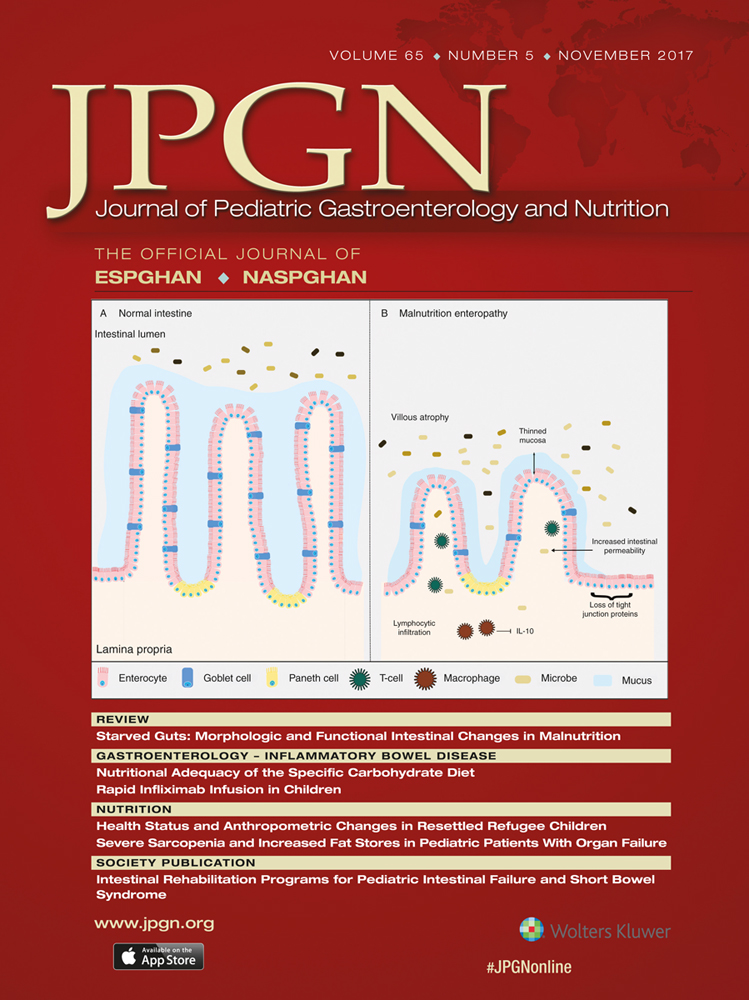Severe Sarcopenia and Increased Fat Stores in Pediatric Patients With Liver, Kidney, or Intestine Failure
Supplemental digital content is available for this article. Direct URL citations appear in the printed text, and links to the digital files are provided in the HTML text of this article on the journal's Web site (www.jpgn.org).
This study was supported by institutional funding only.
The authors report no conflicts of interest.
ABSTRACT
Objectives:
Malnutrition and wasting predict clinical outcomes in children with severe chronic illness. Objectively calculated malnutrition in children with end-stage organ failure has not been well studied. This analysis compares children with kidney, liver or intestine failure to healthy controls to quantitate the disparity in muscle and fat stores.
Methods:
Children younger than 19 years with end-stage liver, kidney, or intestine failure and with pretransplant computed tomography (CT) imaging were selected from the transplant database. Age- and sex-matched healthy controls were selected from the trauma database. Measures of nutrition status included a scaled scoring of core muscle mass, and visceral and subcutaneous fat stores. Analysis was conducted using the pooled and individually matched subject-control differences.
Results:
There were 81 subjects included in the final analysis (liver [n = 35], kidney [n = 20], and intestine [n = 26]). Children with end-stage liver disease had a 23% reduction in muscle mass, a 69% increase in visceral fat, and a 29% increase in subcutaneous fat. End-stage renal disease patients had a 19% reduction in muscle mass and a 258% increase in subcutaneous fat. Intestine failure patients had a 24% reduction in muscle mass, a 30% increase in visceral fat, and a 46% increase in subcutaneous fat.
Conclusions:
These results demonstrate significant sarcopenia and increased fat stores in end-stage organ failure patients, which supports the idea of an active physiologic mechanism to store fat while losing muscle mass. Sarcopenia may be related to total protein loss from a catabolic state, or from decreased synthesis (liver), wasting (kidney), or malabsorption (intestine).




